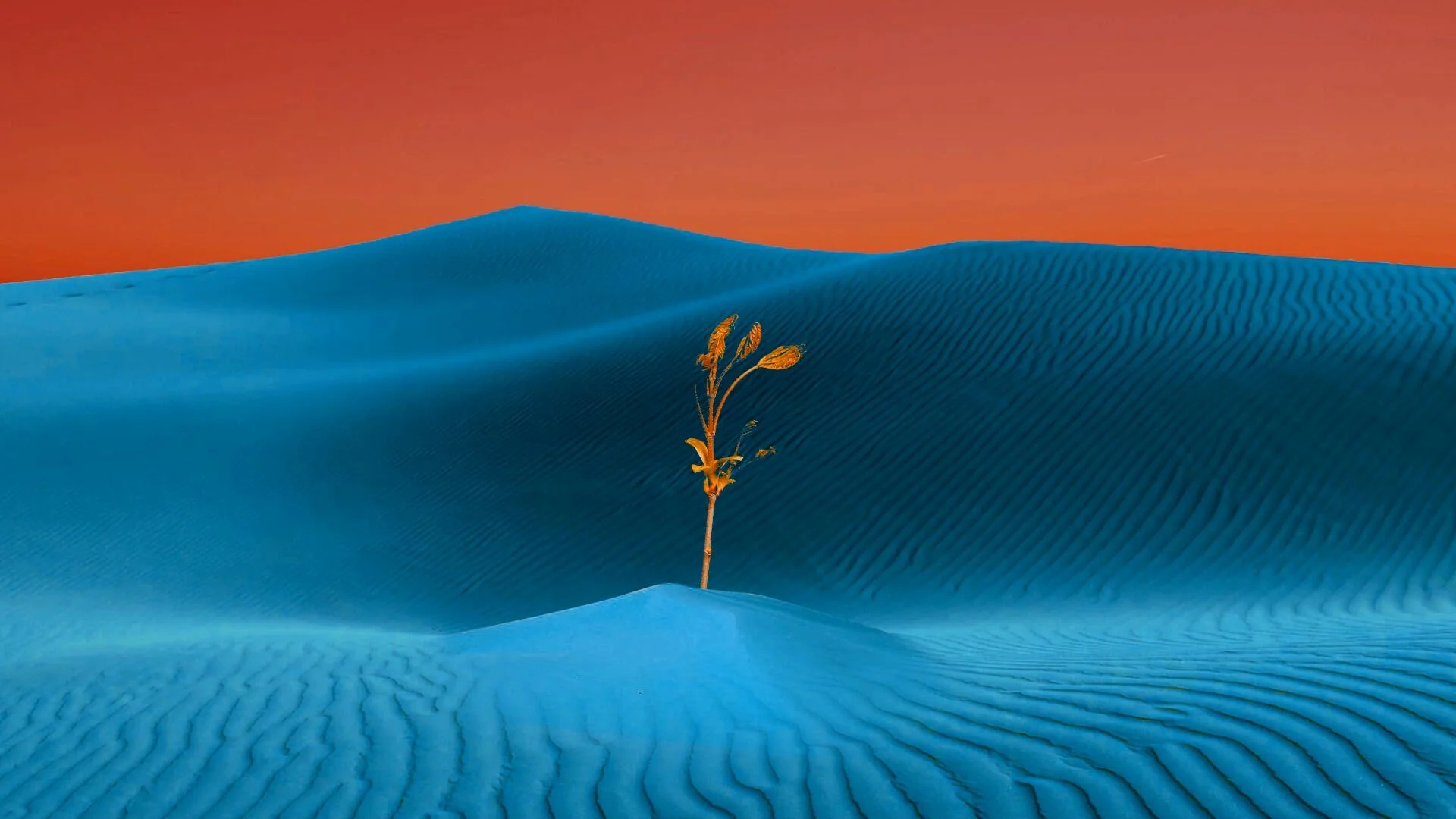Cover image: Plastic Fragment, Ernest Goh, Ayer Ayer Project
It’s that time of the year again, of the great migration. Migratory shorebirds from as far as Alaska, Siberia and Far East Russia travel long distances along the East Asian-Australasian flyway through Southeast Asia, making Singapore one of their pit stops. Visitors like the whimbrels, sandpipers and redshanks stop by what little mudflat, pond or field we have left in this increasingly urban island city, seeking shelter and sustenance before some push further South. Other visitors like the egrets also winter in Southeast Asia, migrating to Singapore for a time. This year, the small field in front of my house, which used to host flocks of migratory egrets, has been boarded up for yet another high-rise development. Everyday, I see it happening: the excavators, cranes and cement trucks occupy what used to be a temporary respite for these migratory birds. The earth is dug up, and the air turns sour and grave for a time. In times like these, it is easy to become bitter, to lose hope. But every day, I am learning from the best teacher, Nature, who shows me that all I need to do is to pay closer attention, to look and listen with intention. Yes, the field might soon be gone, but in this little pocket of time, while the land undergoes a transition, shifting from field to construction site, there can still be transient beauty. An intermediate egret takes to visiting in the mornings and late afternoons, choosing this patch as its hunting ground. It hops into the path of the excavator, and jumps out of the way just as the metal hits the ground. It flies into the long grasses nearby and dips its head for a meal. It is not bitter or resentful, just thankful and alive.
Hundreds of Asian openbill storks arrive from the Indian subcontinent and Southeast Asia, a rare event in Singapore, as these birds usually forage in rice fields close to the Mekong and Chao Phraya River basins. Yes, there is much awe and beauty in these sightings, but one should also take heed and listen to the warning signs. Climate change is affecting the food source of these birds, who now alter their behaviour and movement, flying where they otherwise would not in order to survive. And in some ways, Issue 3 is like these birds, both omen and blessing. A temporary respite that can transform the attentive reader, although its message might not always bring joy. Like the migratory birds who call more than one place home, many of the contributors from Issue 3 have hyphenated identities, occupying this third space and border zone of sorts with a mixture of tension and ease. The Tiger Moth Review is honoured to publish poetry and art by the likes of Rolinda Onates Española (The Philippines-Singapore), Teresa Mei Chuc (Vietnam-USA), Changming Yuan (China-Canada), Yasmin Mariam Kloth (USA-Egypt), Lee Soo Jin (Korea-Singapore), Nandita Mukand (Singapore-India), Donia G. Mounsef (Lebanon-Canada), Shanta Acharya (India-UK) and Sheikha A. (Pakistan-United Arab Emirates), as well as work from places never before featured by the journal, such as Borneo, Pakistan, Nigeria, Portugal, England, The Pacific Island of Guam and Belarus, all of which add a distinctive dynamism and hybridity to the issue.
Despite coming from different cultures and places, our contributors share pressing concerns; it is no coincidence that the tree, its lingering presence, wounding absence and symbolic meaning, is conjured and invoked by eight different poets and artists across time and place, just as Singapore visual artist Ernest Goh and American poet Jennifer Currier are both troubled by microplastics invading our beaches, food and bodies. The poems of Hibah Shabkhez (Pakistan), Amanda McLeod (Australia) and Travis Stephens (USA) take us into landscapes and histories of violence and trauma, and we walk out of the poem changed. We enter the Grand Canyon, the Sarawak rainforest, the Nile river, the Sonoran desert, the Mekong. We recycle poetry with Craig Santos Perez (Pacific Island of Guam), sing songs of blessings with Kunle Okesipe (Nigeria), soar through the falcon’s eye with Jonel Abellanosa (The Philippines), listen for the birth of an aurora shining with Sheikha A. (Pakistan-United Arab Emirates). Like our migratory brothers and sisters with wings, we are in it for the long haul, we leave in search of sustenance, for meaning. We read and write and create to survive.
Esther Vincent Xueming
Editor-in-chief and Founder
The Tiger Moth Review



